Cold weather when returning home for Tet, eating cold or spicy foods, irregular schedules, and excessive use of the voice are factors that cause many people to suffer from rhinopharyngitis and laryngitis during Tet.
Medical news on February 13: Rhinitis and laryngitis increase after Tet
Cold weather when returning home for Tet, eating cold or spicy foods, irregular schedules, and excessive use of the voice are factors that cause many people to suffer from rhinopharyngitis and laryngitis during Tet.
Rhinitis and laryngitis increase after Tet
According to information from an ENT Center of a general medical facility, this facility has received nearly 600 patients with rhinopharyngitis and laryngitis in the first days of the new year, an increase of about 20% compared to before Tet. Common symptoms include fever, cough, loss of voice, hoarseness, runny nose, sore throat, difficulty swallowing and body aches.
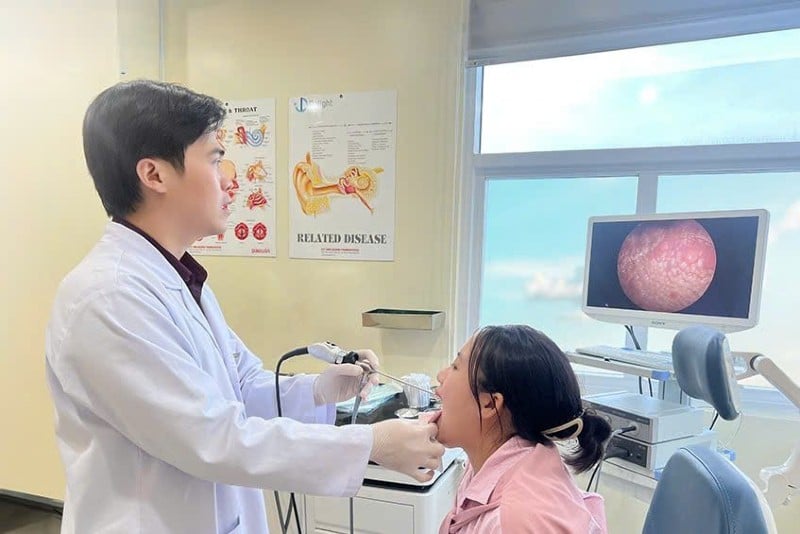 |
| During the long Tet holiday, many medical facilities limit their activities and patients are often subjective, thinking it is just a common cold, not going to the doctor but buying medicine to treat themselves. |
Many patients, mainly from the Central and Northern regions, returned to the South after the Tet holiday. The main reason for the increase in cases is the cold and rainy weather in the Northern and Central provinces (around 15–20°C), which weakens the respiratory system.
In addition, sudden changes in living environment (from South to North and then back to South) expose the body to foreign agents, from bacteria, viruses to allergens to which the body has no immunity.
Along with that, irregular eating habits such as spicy foods, alcohol, staying up late or using the voice too much when going to New Year's greetings or socializing cause the vocal cords to be overloaded.
During the long Tet holiday, many medical facilities limit their activities and patients are often subjective, thinking it is just a common cold, not going to the doctor but buying medicine to treat themselves.
This leads to the disease not being controlled in time, making the disease more serious. A typical case is Ms. KPT (30 years old) from Quang Ngai returned to Ho Chi Minh City to work after Tet in a state of severe cough, loss of voice, yellow phlegm, sore throat and difficulty swallowing.
The weather in Quang Ngai at that time was quite cold (18–22°C), combined with traveling a lot, eating spicy food, drinking soft drinks, staying up late and not keeping her body warm, she caught a cold, fever and cough.
Although she bought antibiotics and anti-inflammatory drugs and took them for 3 days, her condition did not improve. She lost her voice and had to go to the hospital for examination. After an endoscopy, the doctor diagnosed her with pharyngitis, laryngitis and tongue ulcers.
She was prescribed medication and given treatment instructions. Similarly, LVH (7 years old) returned to Ho Chi Minh City from Hanoi after the Tet holiday, suffering from a runny nose, cough, fever and discomfort due to the change in temperature from cold (15–18°C) in Hanoi to hot and humid Ho Chi Minh City (30°C). Her condition worsened when symptoms such as dry cough, insomnia and high fever appeared. After examination, the doctor diagnosed her with acute rhinopharyngitis with sinusitis.
According to doctors, the sudden change in temperature from the North to the South makes it difficult for the body to adapt and weakens the immune system.
In addition, gathering in large numbers and traveling in enclosed spaces such as buses and airplanes increases the risk of viral and bacterial infection. If not treated promptly, rhinopharyngitis can lead to serious complications such as acute sinusitis, bronchitis or pneumonia.
To prevent rhinopharyngitis after Tet, according to Master, Doctor CKI Pham Thai Duy, Tam Anh General Hospital, Ho Chi Minh City, people need to: clean their nose and throat; keep their throat warm when going out;
Limit drinking cold water, drink warm water or ginger tea, honey; wear a mask when going out and avoid dry air, dust; limit eating spicy foods and talking loudly, talking a lot; drink enough water (2 liters/day) and get enough sleep; maintain a healthy lifestyle. If you have symptoms such as sore throat, hoarseness, mild fever, runny nose lasting more than 3-5 days, you should see a doctor soon to avoid dangerous complications.
Joint replacement due to improper treatment of ankylosing spondylitis
Mr. Hoang, 43 years old, suffered from ankylosing spondylitis but did not comply with treatment, causing complications of femoral head necrosis, requiring hip replacement to avoid the risk of disability. Mr. Hoang (Khanh Hoa) discovered the disease 15 years ago but only took medication when the pain flared up, causing the disease to progress seriously.
In daily activities, he had difficulty due to changes in gait, difficulty spreading his legs, stiff back pain, inability to bend over, pain spreading to the left groin area...
“The patient's left hip joint has stiffened, the ability to flex and extend is only 20-30 degrees,” Dr. Tran Anh Vu, who directly treated the patient, further explained that the patient had long-term ankylosing spondylitis that was not well controlled, causing the cervical vertebrae, lumbar vertebrae, and sacroiliac joints to stiffen and fuse.
The most serious of these is the left hip joint, leading to femoral head necrosis, causing joint pain and stiffness, and reduced mobility. The patient faces a high risk of disability if he does not undergo artificial joint replacement surgery.
Dr. Vu assessed that Mr. Hoang's hip joint was stiff, making it difficult to choose the lying position during surgery and to expose the hip joint. Through calculation and surgical planning using specialized software TraumaCad, the doctor replaced the patient's artificial hip joint through a posterior incision.
Each joint component such as tendons, soft tissues, etc. is slowly separated using specialized tools, helping to minimize possible damage, exposing the femoral head and acetabulum that are tightly fused together.
An additional challenge in this case was the complete destruction of the acetabulum, making it difficult to determine the correct position for the prosthesis. If the prosthesis is misplaced, it can cause recurrent hip dislocation after surgery. Therefore, the acetabulum had to be reoriented. The entire surgery took 3 hours.
On the second day after surgery, the patient reported a significant improvement in health, walking was easier, no more pain, especially at night. The patient was discharged the following day. Prognosis, in the early stages, the patient's leg flexion and extension will reach 60 - 90 degrees. Then continue to recover to 120 degrees, gradually regaining a natural gait.
MSc. Dr. Pham Thi Xuan Thu, Department of Internal Medicine, Orthopedics and Trauma Center, said that ankylosing spondylitis is a chronic disease, characterized by damage to the sacroiliac joints, spine, joints in the limbs and even tendon attachment points.
If not well controlled, inflammation will promote the body to repair itself by forming new bone. The presence of these new bone segments narrows the space between joints or vertebrae, eventually causing them to fuse together. At that time, the spine or joints will stiffen and lose their inherent flexibility, the patient will have difficulty walking, become stiff like a robot, and cannot bend their back...
Because it is a chronic disease, people with ankylosing spondylitis must take medication for life. In Mr. Hoang's case, the disease had developed to a late stage, so he was prescribed biological drugs.
This method helps inhibit inflammatory reactions, slows disease progression, improves motor function, prevents the appearance of bone bridges that cause inflammation and adhesion in other joints, and does not exclude the possibility that the artificial hip joint is also at risk of recurrence of stiffness. The earliest and characteristic symptom of ankylosing spondylitis is back pain - lumbar pain, which may be accompanied by stiffness in the spine in the morning.
The pain usually lasts at least 3 months and can start very early (17 - 45 years old). The pain does not subside when resting but will improve when the patient does light exercise. Patients should see a doctor if they detect warning signs for timely treatment to avoid complications that reduce quality of life.
Patients suffer from allergic rhinitis
Allergic rhinitis is a condition in which the nose overreacts to agents such as pollen, fine dust, and animal hair. The disease is not dangerous or life-threatening, but it causes significant discomfort and reduces the patient's quality of life.
Ms. NBG (30 years old, Ho Chi Minh City) had tears and a runny nose, sneezed continuously, had a stuffy nose, a red tip of her nose, and a dry cough after her mother displayed lilies and chrysanthemums.
At its worst, she had difficulty breathing and a dry cough. Her stuffy nose made it difficult for her to breathe, so she had to breathe through her mouth, which added to her sore throat. “Every year around Tet, my chronic allergic rhinitis relapsed and I had to go to the hospital,” said Ms. G.
Or like Mr. VNK (34 years old) living and working in Korea. He knows clearly that he is allergic to pollen. Every time the flowers bloom, Tet comes and spring comes, his illness relapses.
This time, when he returned home, near Tet, and came into contact with flowers decorating his parents' and relatives' houses, his allergic rhinitis relapsed. Mr. K. had watery eyes and a runny nose; itchy eyes; swollen eyelids; sneezing, and stuffy nose.
He took medication to reduce the symptoms, but he felt lethargic and tired. “Near Tet, people came to visit and brought apricot blossoms and lilies. Those scents made me sneeze non-stop, so much so that I had to ‘isolate’ myself in the bedroom,” said Mr. K.
Fearing that the disease would worsen during the Tet holiday, Mr. K. went to see a doctor. When performing an ENT endoscopy, no abnormalities in the anatomical structure of the nose and throat were detected. He was prescribed medication and instructed on how to care for the nose and throat, daily activities and nutrition to prevent allergic rhinitis from recurring as much as possible and reduce symptoms of pollen allergy.
According to doctors, prolonged, untreated allergic rhinitis affects the sense of smell (reduced or lost ability to perceive odors) or snoring due to inflammation and swelling of the nasopharyngeal mucosa.
Some cases of long-term allergic rhinitis cause degeneration, nasal mucosal edema, and nasal turbinate hypertrophy, requiring surgery. If the doctor discovers nasal polyps or anatomical abnormalities such as a deviated septum that make allergic rhinitis worse, surgery will be considered.
If the symptoms of allergic rhinitis flare up, the patient should see a doctor for treatment; at the same time, increase resistance, eat and rest scientifically, keep the body stress-free, and exercise gently.
If allergic rhinitis is infected (complicated by bacterial infection), the patient must take medication as prescribed by the doctor. If not treated properly, the disease can last longer and become more severe, causing complications such as acute and chronic sinusitis, nasal polyps; at the same time, it costs a lot of money, and reduces the quality of life.
To prevent allergies, people should avoid contact with the cause of the allergy. People who are susceptible to pollen allergies should keep the doors closed to prevent dust and pollen from flying into the bedroom; regularly clean dust on tables, chairs, shelves, cabinets, etc., on the floor.
When you need to be outdoors, you must wear a mask to avoid inhaling pollen. Avoid going to flower gardens where pollen and spores can easily spread.
If you are allergic to incense smoke, you can wear a mask when burning incense, do not stay in the altar room for long, do not burn the whole stick but only burn one stick, and wash your eyes and nose with saline if the incense smoke causes irritation.
Source: https://baodautu.vn/tin-moi-y-te-ngay-132-viem-mui-hong-viem-thanh-quan-tang-sau-tet-d246000.html


![[Photo] Prime Minister Pham Minh Chinh chairs meeting to discuss tax solutions for Vietnam's import and export goods](https://vstatic.vietnam.vn/vietnam/resource/IMAGE/2025/4/10/19b9ed81ca2940b79fb8a0b9ccef539a)


![[Photo] Phuc Tho mulberry season – Sweet fruit from green agriculture](https://vstatic.vietnam.vn/vietnam/resource/IMAGE/2025/4/10/1710a51d63c84a5a92de1b9b4caaf3e5)

![[Photo] Summary of parade practice in preparation for the April 30th celebration](https://vstatic.vietnam.vn/vietnam/resource/IMAGE/2025/4/11/78cfee0f2cc045b387ff1a4362b5950f)
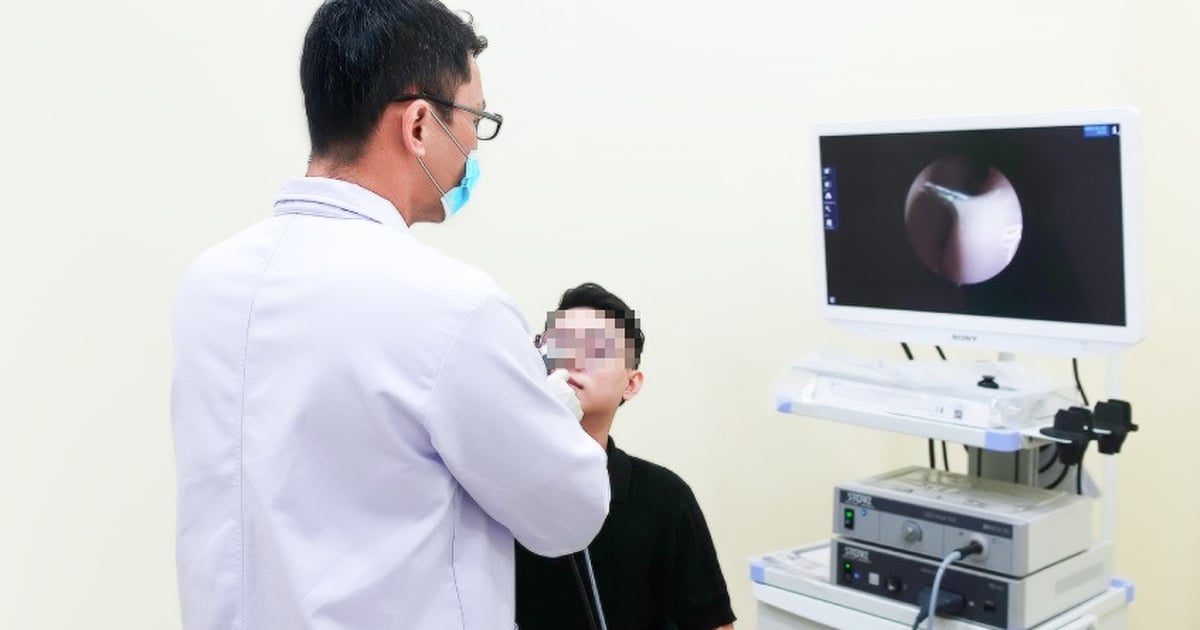




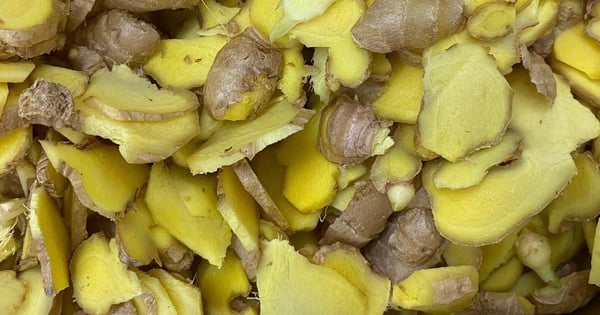

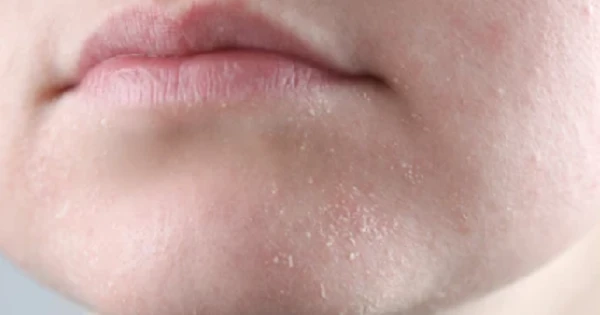

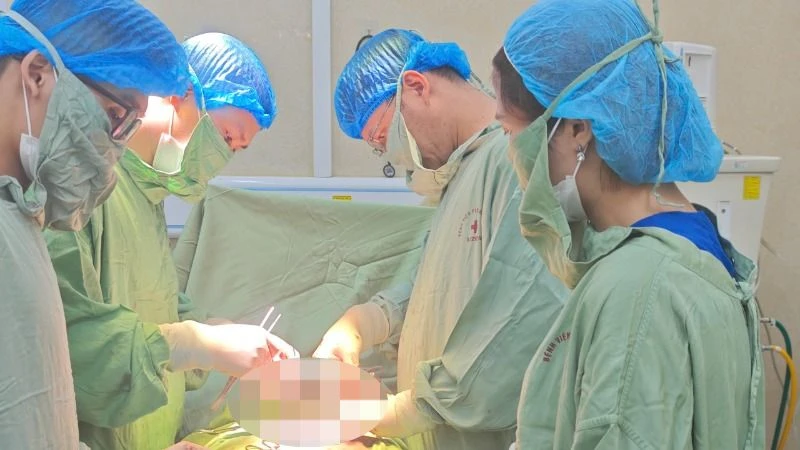

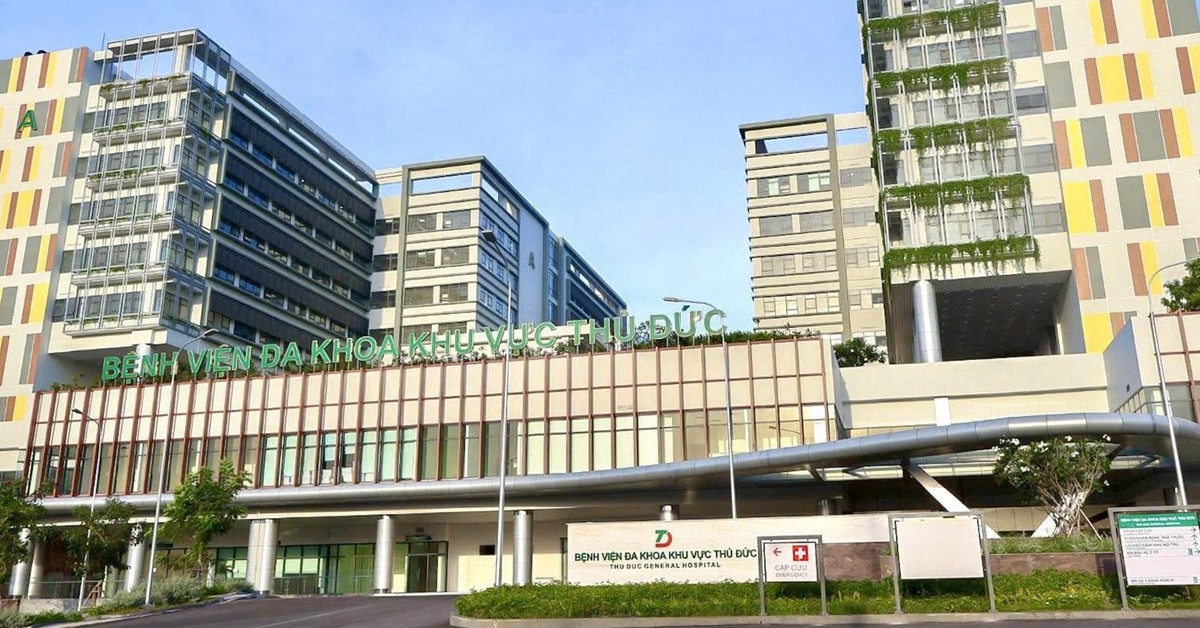

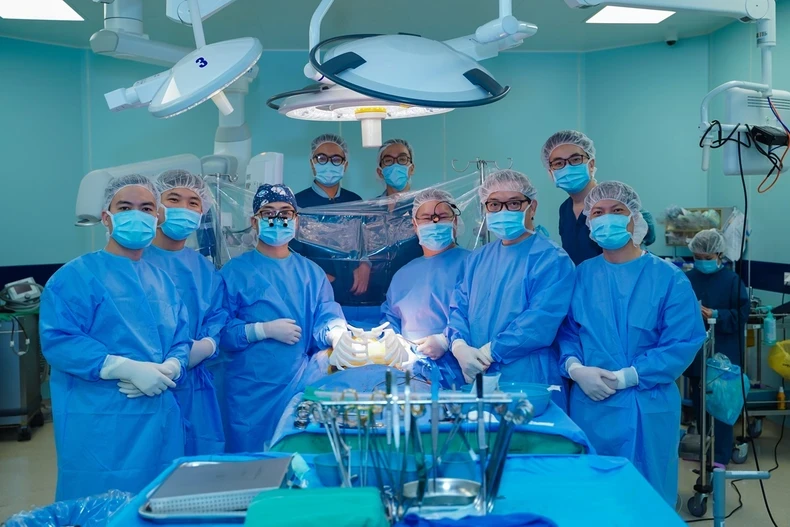






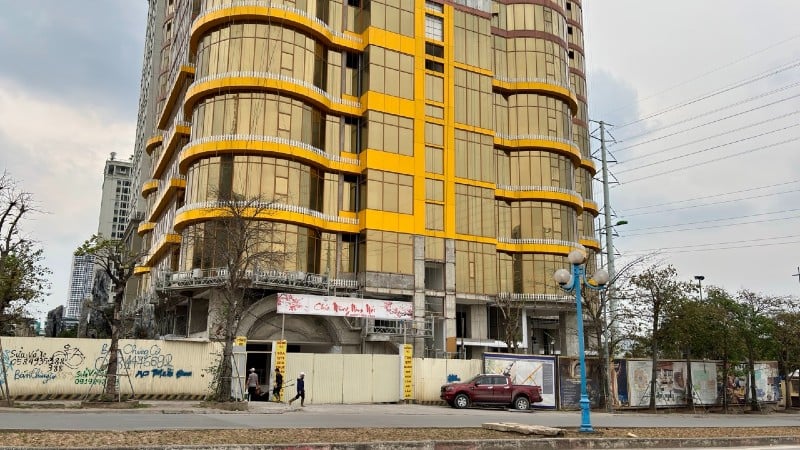








































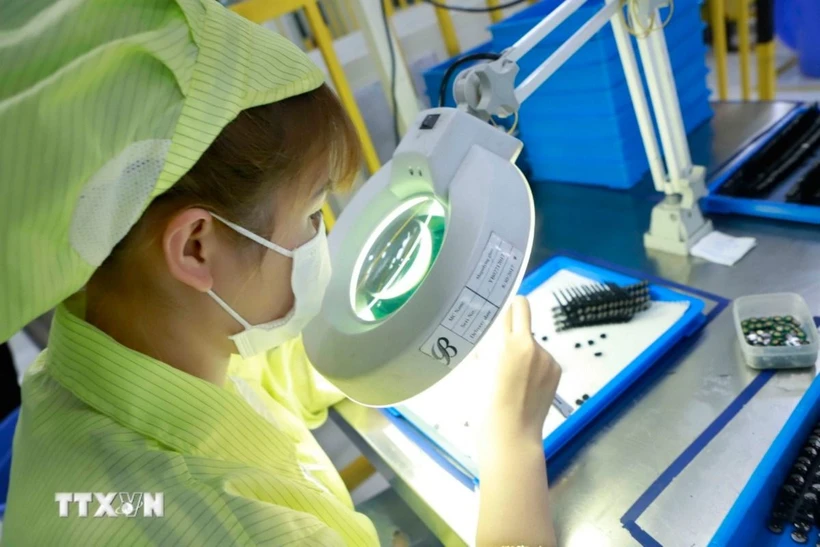



























Comment (0)